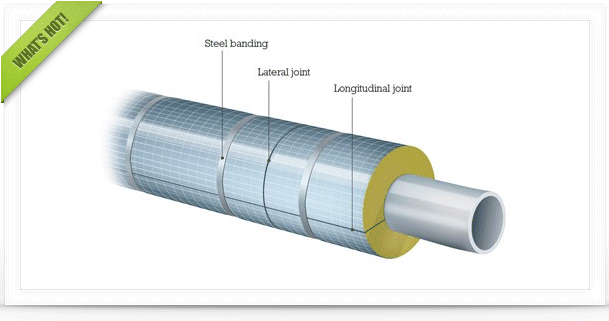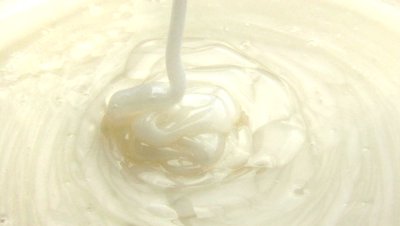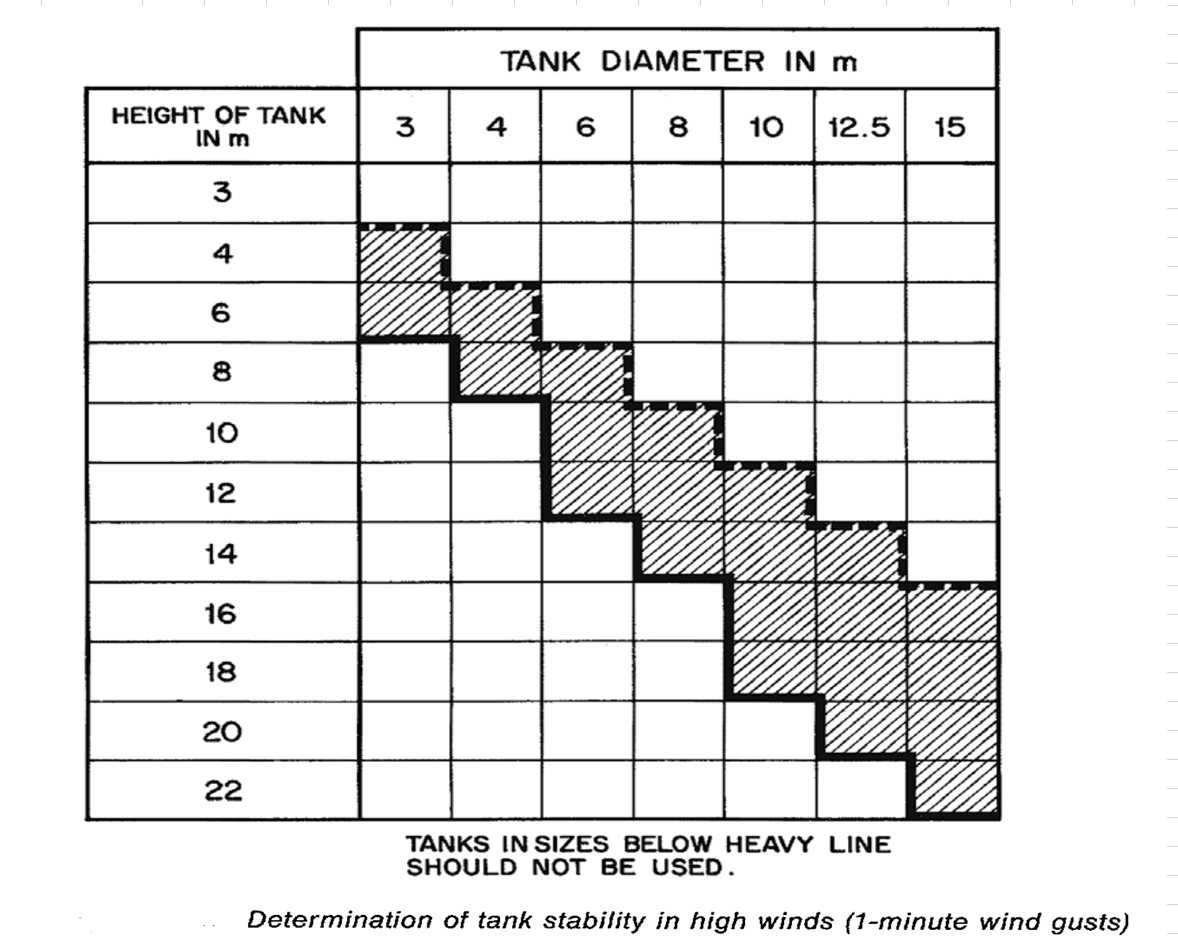A dewer is usually vacuum insulated. In other words, there are two walls. The inner wall holds the cold fluid and must be thick enough to contain the inner fluid. The outer wall encloses the inner compartment while keeping a space between the two walls. The interstitial space between the walls is evacuated and sealed. The connecting material between the inner wall and outer wall is minimal, allowing very little path for conduction of heat. Heat does not conduct across the vacuum. Heat can be lost across the vacuum by radiation. Sometimes the radiation is minimized by use of a mirror finish to the wall surface. Is this your same understanding when you are calculating heat flow through the wall? Dewer size, materials of construction, design pressure and other mechanical stresses affect the optimal wall thicknesses. Supply more information and you may get a more useful answer.

 FB
FB









